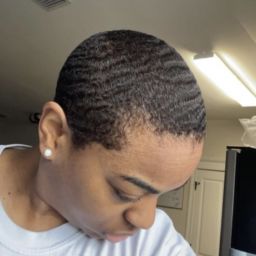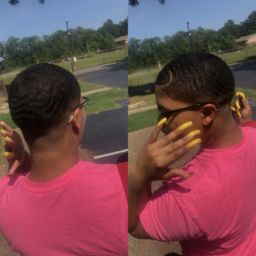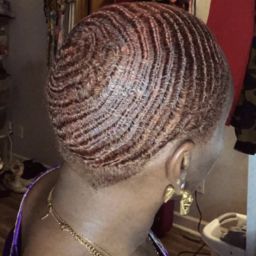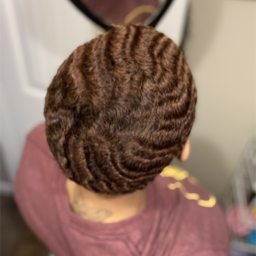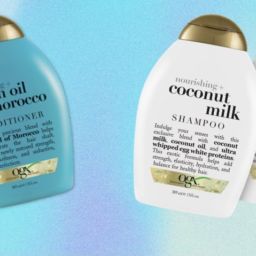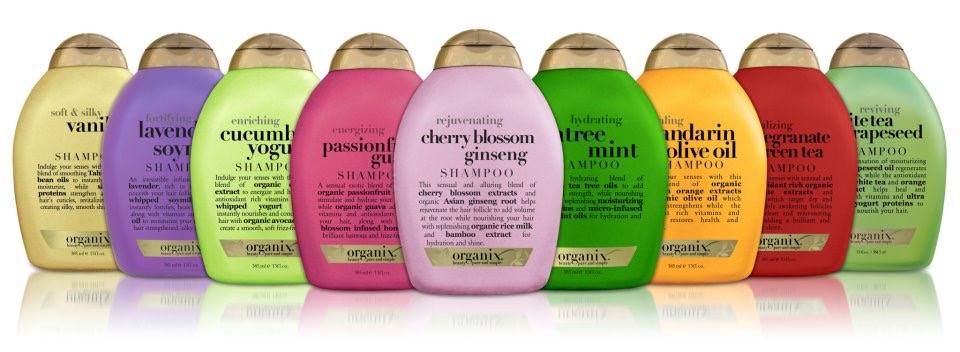
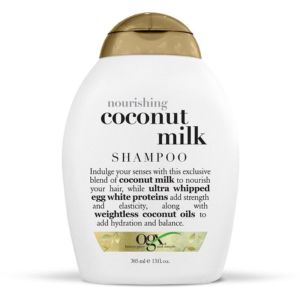
So you might’ve heard over the summer about a lawsuit filed against OGX Beauty. If you don’t know this brand, you might know the scents. As far as I can remember, many Black Women would swear by the Moroccan Argan Oil and Coconut Milk (pictured above) shampoos and conditioners. Using the products to co-wash natural hair or weaves, they were pretty popular on YouTube.
In case you missed it: Two women filed a lawsuit against OGX’s parent company Johnson & Johnson. One is NJ-resident LaWanda Key back in March, the other is Illinois resident Larissa Whipple in July. According to the court docs, the main issue is an ingredient called DMDM hydantoin (hi-dan-tuhn). Now you’re probably reading this wondering, “well what the f#%k is that?” DMDM hydantoin is a anti-microbial agent (preservative) used in most cosmetics, skincare, and haircare products.
The problem? It contains the cancer-causing chemical, Formaldehyde. Parent company Johnson & Johnson announced that they stopped adding it to products in 2012. But this predates their buyout of OGX by a few years. We’ll get into what DMDM hydantoin does in a bit. But first, here’s a brief history of OGX Beauty.
OGX’s Overlooked Timeline
Founded in 1987 by Todd Christopher as Proganix, a line of shampoos, conditioners, and other hair care needs. In 2006, they rebranded as Organix according to the Wall Street Journal. Though former owners, Vogue International were weary of the name creating suspicion. By the 2010s, they were under fire by the Center of Environmental Health, anti-chemical group. The group sued Organix in 2011, claiming they were allegedly false advertising.
In the state of California, all organic products and companies must contain at least 70% organic ingredients by weight. Excluding water and salt. By September 2011, Organix agreed to settle out of court, but never denied any wrongdoing. They also agreed to stop distributing products in California under the Organix name less than a year later.
Big name retailers like Target, Walmart, and countless beauty supply stores still sold Organix. But it wasn’t enough to save the brand from bankruptcy. In 2013, Vogue International went up for auction, with Johnson & Johnson cashing in at nearly $3.3 Billion in 2016.

How does it all tie in?
Now, back to DMDM hydantoin, and what it actually does when used. The chemical releases a small amount of formaldehyde. With continued use, it can cause hair loss and damage over time. Though it’s no stranger to the beauty industry. Other industry giants like Unilever (owners of Dove, TRESemme, Ben & Jerry’s and others) have used it as well. They were even named in a suit involving TRESemme’s Keratin Smooth Color Shampoo.
On top of that, the Cosmetic Ingredient Review expert panel & Scientific Committee on Consumer Safety found DMDM hydantoin to be safe when used at appropriate levels. Before you ask—no, I’ve never heard of them either.

Since the lawsuits are still pending, it’ll be a while before we see any answers. Especially before it goes to trial (if it goes to trial). But for now, it’s safer to avoid using the hair care product until more info comes out. If you or someone you know used the products from 2016 and earlier, click here to find out how to join the class action lawsuit.


